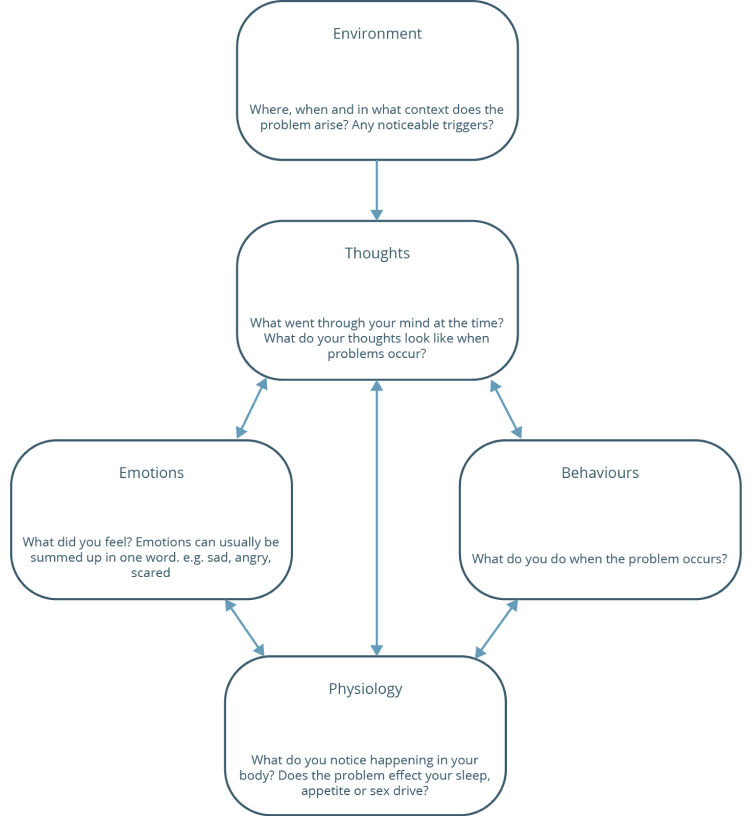How do anger management problems happen?
So we understand that anger can serve a positive function for us, but why does anger become a problem? Why at certain times in our lives does anger seem like something that we don’t have control of?
A key part of anger management problems are the way that we think about our situations. If we consider that anger is part of our threat response, then we can start to think a little bit about what it is that we are thinking that makes us believe that certain situations are threatening to us. Also, we need to think about not just why these situations are threatening, but also about why they are the type of threat that we think is appropriate to fight, rather than flight.
The types of thoughts that typically lead to anger emotions are those in which we feel that our own needs are being transgressed in some way. In plainer English, angry thoughts are those in which we feel that people are taking advantage, dominating us or otherwise not respecting us in some way. In these cases, Anger activates Fight, which gives us all the physiological resources (increased heartrate, physical tension, faster breathing, tunnel vision) needed for us to engage in aggressive behaviour. Aggressive behaviour increases the likelihood of our needs being met.
However, certainly in modern times, aggressive behaviour can come with significant negative consequences. It can lead to violence, very often inappropriately, which can cost us our health, our relationships, our jobs or our freedom. So we need to start looking at our thoughts in more detail. This is where CBT anger management comes in.


